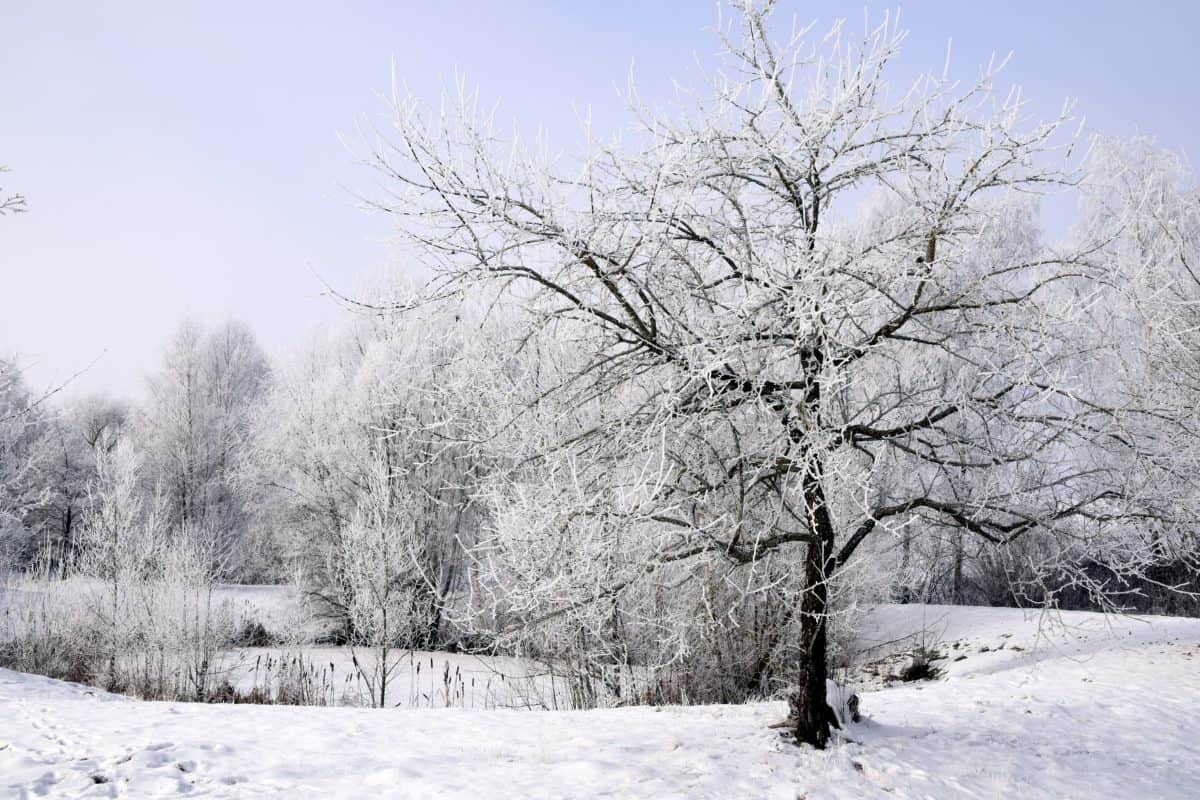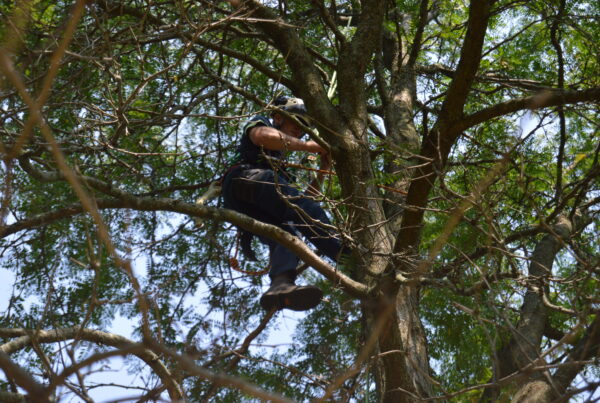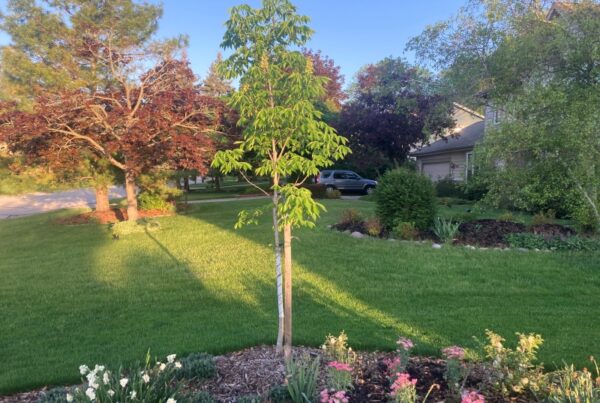Tree maintenance is important in the spring and summer months when trees are in full canopy during their main growing season. But it’s just as necessary to care for trees when they are bare and dormant. Here’s why this coming winter is a great opportunity to prune.
Pruning young and mature trees on a regular basis promotes good tree health, in addition to increasing the value and beauty of your property. The upcoming winter months are an excellent time for the job.
Most tree issues are hidden by the leaves during the growing season. Once the leaves fall, bare trees make it much easier to see a tree’s structure, and spot any leading branches that might need to be removed or cut back. Pruning is necessary to remove any limbs that might be crossing, rubbing or crowded together.
There’s less of a chance for diseases to spread when you prune trees. One thing to remember: oaks and elms should only be pruned in winter. If these trees are trimmed at any other time of year, they will attract beetles that carry oak wilt or Dutch elm disease. Winter pruning reduces the exposure time for contamination as new growth in spring will start to seal off pruning wounds.
Pruning in the winter is also convenient. Many trees are more accessible with specialized equipment because the ground is frozen. There may also be less of an impact to perennials and other landscape plants growing nearby.
A common question we often hear is, “If the leaves are gone, how do I know what’s dead or alive on my tree?” Contact one of our certified arborists for a consultation. We can identify dead wood on a leafless tree, and much more, to better maintain and protect your trees.




